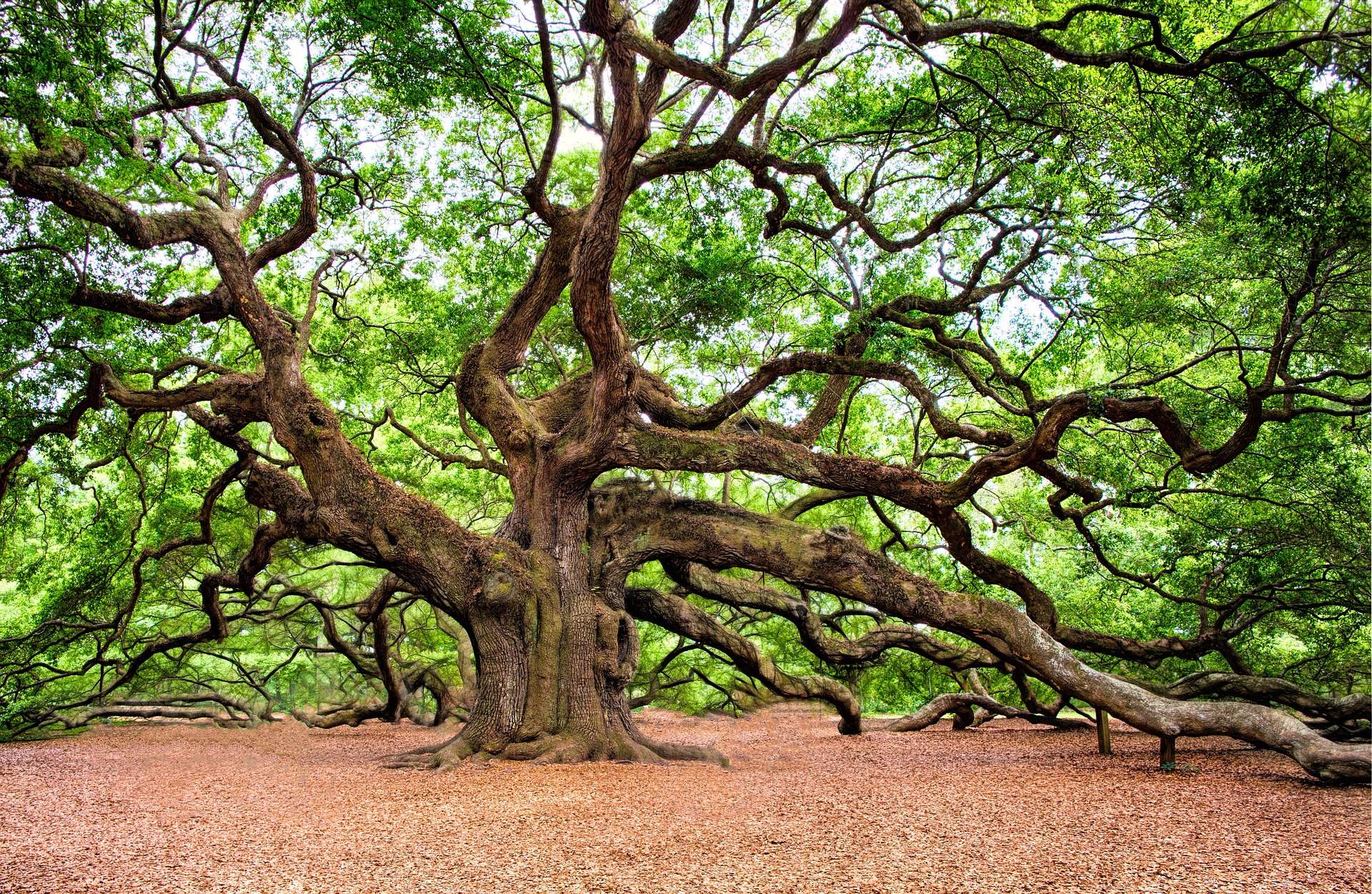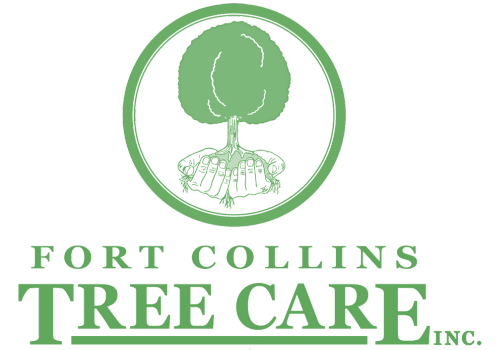ARE YOU READY FOR SOME HELP?
What is fire blight?
Fire blight is caused by the bacterium Erwinia amylovora. It was named because damaged areas are blackened, shrunken, and cracked as if burned by a fire. Fire blight is especially damaging to apples, pears, and crabapples and can kill an entire apple orchard in one season. It also attacks quince, mountain ash, serviceberries, cotoneasters, hawthorns, pyracanthas, blackberries, and raspberries. Fire blight kills branches and sometimes entire trees by attacking the inner bark and girdling the infected area.
Image by: Mary Ann Hansen, Virginia Polytechnic Institute and State University, Bugwood.org
How to identify fire blight
The first symptom of fire blight is a light brown to dark brown bacterial ooze forming on the surface of cankers on branches, twigs, and trunks. Blossom blight, when the flower petals turn brown and mushy and wilt about the time of petal fall is much more noticeable. Shepard’s crooking occurs when shoots are infected, curling, and turning black. Infected leaves turn yellow, then brown, and then black. Fruit shrivels, cracks, and turns black. Affected shoots, leaves, and fruit remain connected to the branches even when shriveled and black. Where the fire blight kills the inner bark of a trunk or branch, a canker is formed. The bark turns dark and the sunken is surrounded by a callus. Small drops of creamy white to amber bacterial ooze form on the surface of infected tissue.
Image by: University of Georgia Plant Pathology Archive, University of Georgia, Bugwood.org
Life cycle of fire blight
The bacteria that cause fire blight overwinter in cankers on the trunk and branches of infected trees. The bacteria multiply rapidly when temperatures warm in the spring to about 65’F. They start oozing through cracks in the bark, leaving a sweet, gummy bacterial ooze on the surface of the bark. This bacterial ooze attracts insects, and the insects and rain carry the bacteria to blossoms. The fire blight bacteria multiply rapidly in the nectar in the blossom, causing blossom blight, when the flower petals turn brown and mushy and wilt about the time of petal fall. Blossoms wilt and die 1-2 weeks after infection. The bacteria are carried by pollinating insects and raindrops to other blossoms and branches, leaves, and shoots of the infected tree. Fire blight attacks the inner bark of branches and trunk creating a canker, sometimes girdling a branch, killing everything beyond the infection point. Fire blight attacks leaves and shoots turning them yellow, then brown, and finally black, creating a shepherd’s crook. Damage from hail, wind, insects, and pruning allow the bacteria to infect the trees. Cankers expand as the fire blight damage continues through the summer until the temperature gets too hot and the damage stops.
Image by: University of Georgia Plant Pathology Archive, University of Georgia, Bugwood.org
How to control fire blight
Plant fire blight-resistant varieties. Prune infected branches as soon as possible, and remove or destroy them. Sanitize tools between cuts, by dipping tool in chlorine bleach or alcohol or disinfectant, because fire blight bacteria can be spread by your pruning tools. Completely remove fire blight-damaged areas by cutting 6″ to 12″ below the visible signs of infection. Pruning in winter when trees are dormant will minimize the risk of spreading infection. Prevent damage to trees so the bacteria don’t have an easy way to infect them. Don’t splash irrigation water on trees during bloom, drops of irrigation water will spread the bacteria just as rain drops will. Chemicals are not very effective at killing existing infections, but they can prevent infection if they are applied in the early spring.













